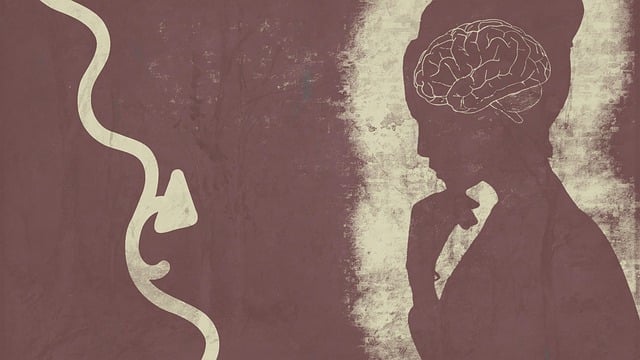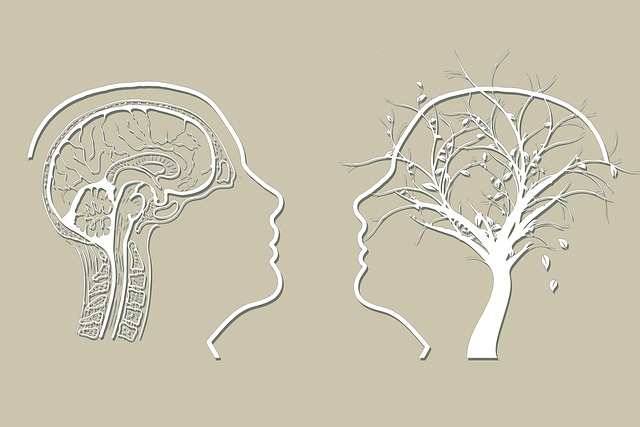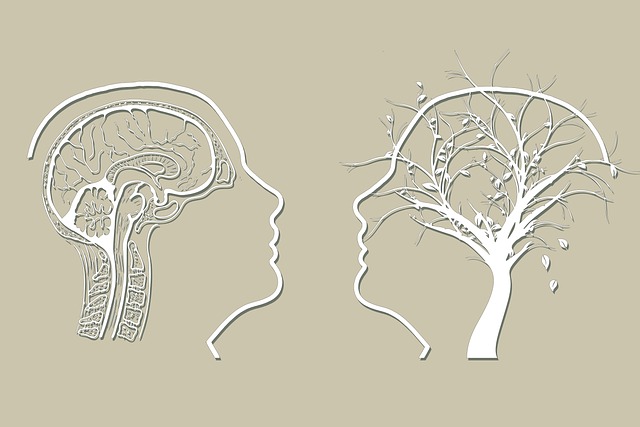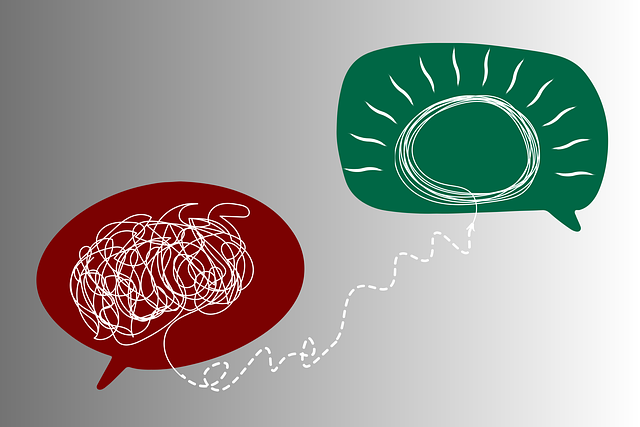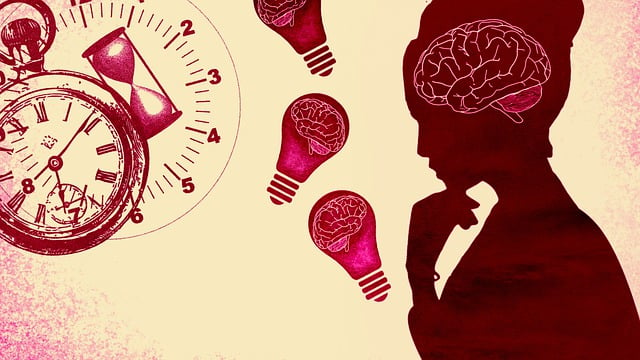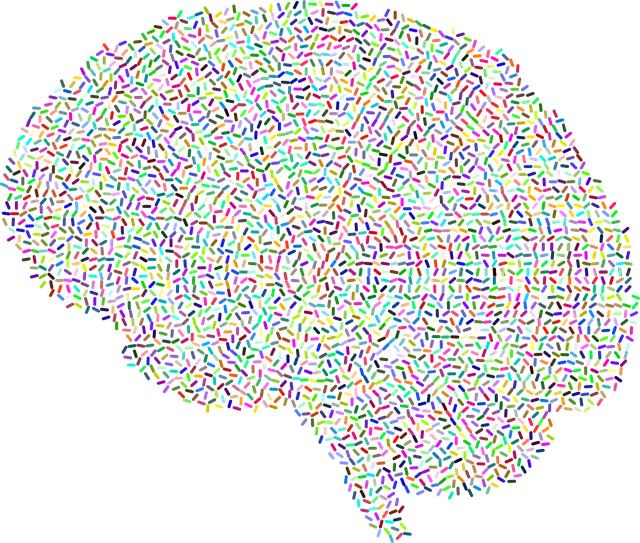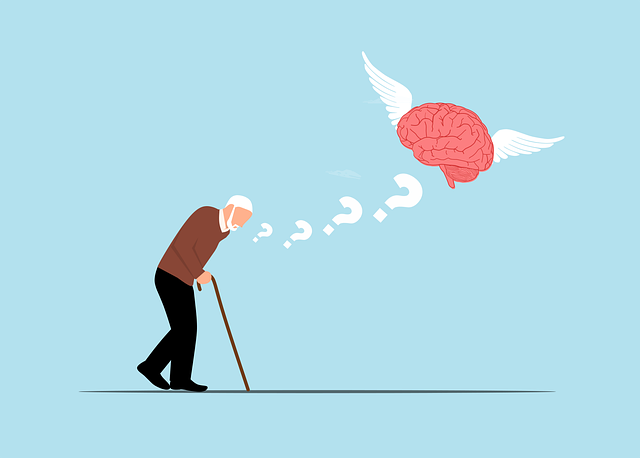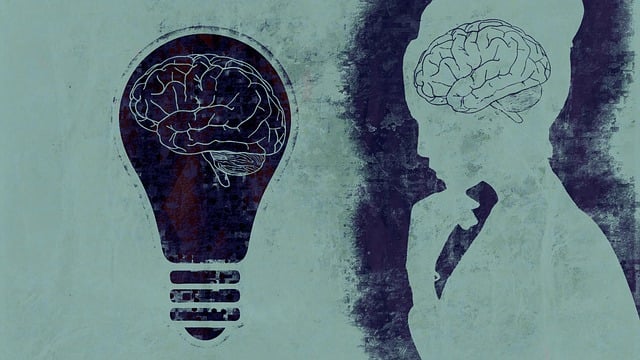The media's portrayal of mental health significantly shapes societal attitudes, with positive representations reducing stigma and empathy, while negative stereotypes marginalize individuals. Greenwood Village Dialectical Behavioral Therapy (DBT) offers a holistic approach to combat this by providing accurate portrayals of effective therapy management, encouraging diverse narratives, and integrating risk assessment for crisis handling. By collaborating with professionals and showcasing successful outcomes like DBT, media can revolutionize its content, fostering open conversations about mental well-being and promoting self-esteem improvement.
Mental illness representation in media significantly influences public perception and understanding of mental health. This article explores the profound impact of media portrayals on mental health perceptions, while offering a solution through the Greenwood Village Dialectical Behavioral Therapy (DBT) approach, renowned for its holistic treatment model. We delve into fostering positive change through strategies that promote accurate mental illness representation in media, emphasizing the importance of responsible storytelling for improved mental health support and understanding.
- Understanding the Impact of Media Portrayal on Mental Health Perception
- The Greenwood Village Dialectical Behavioral Therapy Approach: A Holistic Solution
- Fostering Positive Change: Strategies for Accurate Mental Illness Representation in Media
Understanding the Impact of Media Portrayal on Mental Health Perception

The media plays a significant role in shaping societal perceptions about mental health, often influencing how individuals understand and respond to various conditions. Positive and accurate representation in media can foster empathy and reduce stigma, encouraging open conversations about mental wellness. Conversely, negative or stereotypical portrayals can perpetuate misconceptions, leading to further marginalization of those living with mental illness. This is particularly concerning as media has the power to reach a vast audience, including impressionable minds. For instance, showing characters effectively managing their conditions through realistic therapeutic practices, like those offered at Greenwood Village Dialectical Behavioral Therapy centers, can inspire hope and motivate viewers seeking support.
A comprehensive mental health policy analysis and advocacy approach is essential alongside these media representations. Encouraging the development of mental wellness coaching programs can further empower individuals to take charge of their mental health. By addressing the impact of media and implementing evidence-based initiatives, we can create a more supportive environment that prioritizes self-esteem improvement and overall well-being for all.
The Greenwood Village Dialectical Behavioral Therapy Approach: A Holistic Solution

The Greenwood Village Dialectical Behavioral Therapy (DBT) Approach offers a comprehensive and holistic solution to addressing mental illness representation in media. This therapy focuses on a multi-faceted approach, encompassing both individual therapy and group skills training sessions, to help individuals develop effective coping strategies for managing intense emotions and distress tolerance. By combining cognitive behavioral techniques with mindfulness practices, DBT equips participants with valuable tools to navigate life’s challenges while promoting emotional well-being promotion techniques.
One of the key strengths of the Greenwood Village DBT approach lies in its commitment to mental illness stigma reduction efforts. Through open dialogue and shared experiences within a supportive community, individuals can challenge societal norms and stereotypes often associated with mental health struggles. Moreover, risk assessment for mental health professionals is integrated into the therapy model, ensuring that both clients and therapists are equipped to handle potential crises while fostering a safe and nurturing environment.
Fostering Positive Change: Strategies for Accurate Mental Illness Representation in Media

Media plays a powerful role in shaping societal perceptions, especially when it comes to mental health. Therefore, accurate and positive representation is essential for fostering understanding and reducing stigma. Here are some strategies to achieve this:
Encourage diverse narratives by including characters with various mental health experiences. Portraying different conditions, such as anxiety, depression, or bipolar disorder, allows audiences to connect and gain insights. For instance, showcasing individuals successfully managing their symptoms through therapy, like Dialectical Behavioral Therapy (DBT) offered at Greenwood Village, can inspire hope and educate viewers. These representations should go beyond stereotypes and cliches, ensuring a nuanced understanding of mental illness. Additionally, media platforms can collaborate with mental health professionals to provide guidance on crisis intervention techniques and promote self-esteem improvement through accurate portrayal. By integrating these strategies, media has the potential to revolutionize its approach, offering valuable insights into managing moods and encouraging open conversations about mental well-being.
Mental illness representation in media plays a pivotal role in shaping societal perceptions and understanding. The article has explored how negative portrayals can perpetuate stigma, while positive representations offer a more nuanced view. By adopting approaches like the Greenwood Village Dialectical Behavioral Therapy (DBT), which emphasizes holistic treatment, we can foster accurate and empathetic media narratives. Implementing strategies to enhance mental illness representation is crucial for promoting awareness, reducing stigma, and encouraging support for those facing these challenges. Through collaborative efforts, we can ensure media portrays mental health with authenticity, compassion, and the hope that recovery is achievable.
